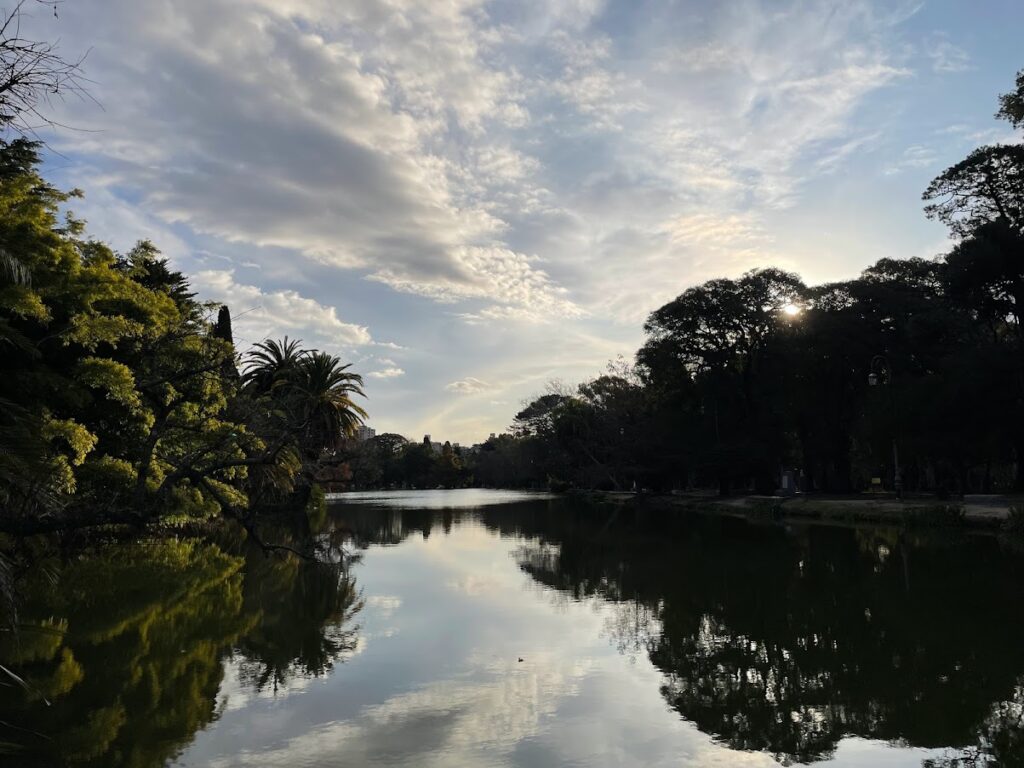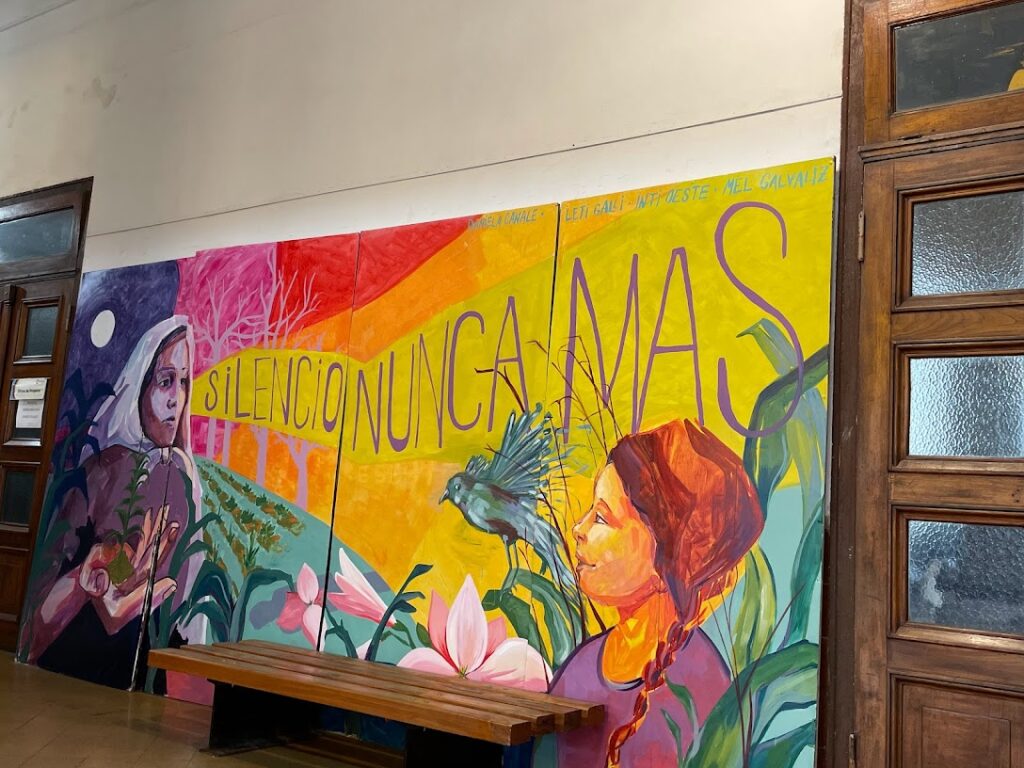
Week 5
On Tuesday, I visited Unidad Penitenciaria No. 28 (de Magdalena) with the general inspections team. The goal for the day was to visit the isolation cells in SAC (sector de aislamiento de convivencia), to see the conditions and interview each of the prisoners. It was difficult to walk through the prison and see men staring and clutching at the bars from inside their cells. At least those men could see outside, though. The prisoners we visited in SAC were kept in tiny, dark, damp cells. Bugs crawled on the walls and the floors, and the smell of sewage and sweat and mold was overwhelming. Several of the men I spoke with had not left their cell in over 2 months, not even to shower. One man was heating up a pot of hot water to “shower” with as we spoke to him. It was painful to see how resigned they were to this life, how they almost seemed okay with the fact that they hadn’t seen the sun in months. It is terrible that they are so used to it.
The Committee contains a second team that goes inside prisons to work directly with prisoners. Instead of conducting general inspections, the complex cases team visits prisons to work with specific prisoners whose cases need more attention than a few interviews. The vast majority of these prisoners have chronic health conditions that require regular medical attention, procedures, and medications, all of which are nearly impossible to obtain from within the prison. First, we attended the team’s weekly meeting, where all current cases are discussed and tasks are divided.
One of the prisoners being discussed was hospitalized for respiratory issues, and I chose to go with the team visiting her. Since I’m planning to go to medical school, I came to Argentina hoping to learn more about what hospitals and healthcare look like here, and I was able to learn a lot about common medical issues and lack of access to healthcare in prisons while working with the complex cases team. On Wednesday, we visited this prisoner at Mi Pueblo Hospital in Florencia Varela to ensure she was getting sufficient medical attention. We found her in a very overcrowded ward, with multiple patients curled up on stretchers in the hallway. Due to the possibility of tuberculosis, she was in an isolated room without windows, naked and covered only in a thin blanket. Her feet and one of her hands were handcuffed, so she was unable to move, and the glass in the door took away any semblance of privacy. She told us that she would rather be in the prison, since being in the hospital alone and unattended was torture in and of itself. Although her symptoms were improving, she was still ill, and she hadn’t received a formal diagnosis of tuberculosis or another respiratory disease. We reassured her that we would speak to her medical team about her prognosis. As we left, she asked us whether it was day or night.
Later that day, I visited several prisons in the Florencio Varela complex. We met with three trans women, all of whom had serious medical conditions that weren’t being adequately followed. I noticed that, besides the obvious lack of medical attention, these women seemed more satisfied with the living conditions in the prisons. Clearly, there are disparities between the prisons, even though the prisoners themselves have committed the same (alleged) crimes. I wonder if the prisoners know about these arbitrary differences, and if they do, how they cope with the knowledge that there are many prisoners that have it a lot better.




Week 6
Our last week in La Plata was much more relaxed. We spent most of our time examining the first and second versions of the Istanbul Protocol, which I discussed in the previous blog, and compiling a list of all the revisions. On Friday, we went to a different hospital, this time in Berazategui, to visit the prisoner we checked in on last week. I was relieved to see that she was clothed, in a room with a big window, with food that her friends had brought her. She was excited to show us that only one foot was handcuffed and neither of her hands. It’s a sad thing to celebrate, but I was glad that she was feeling better and receiving better treatment in this hospital. It was a happy ending to my work with the Committee, and I’m very thankful to the prisoners who gave us the privilege of hearing their stories and seeing their vulnerable moments.
I am not the same person I was when I came to Argentina. The changes I’ve seen in myself are too difficult to write about in a short blog post, but it’s sufficient to say that I learned much more about human rights and about myself than I would have thought possible in 6 weeks. I’m already counting the days until I can go back to La Plata.







